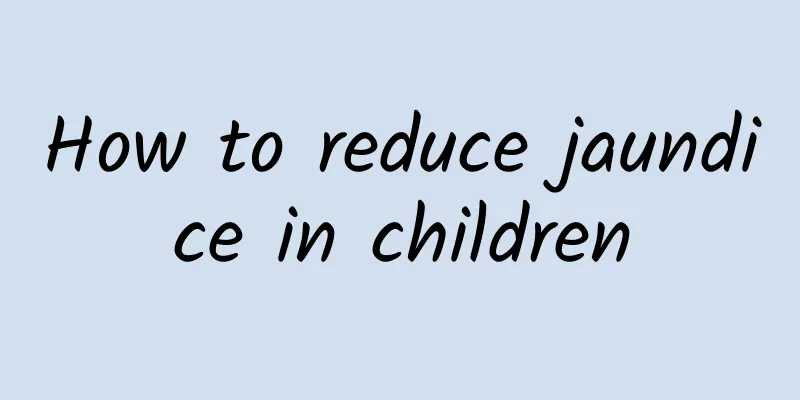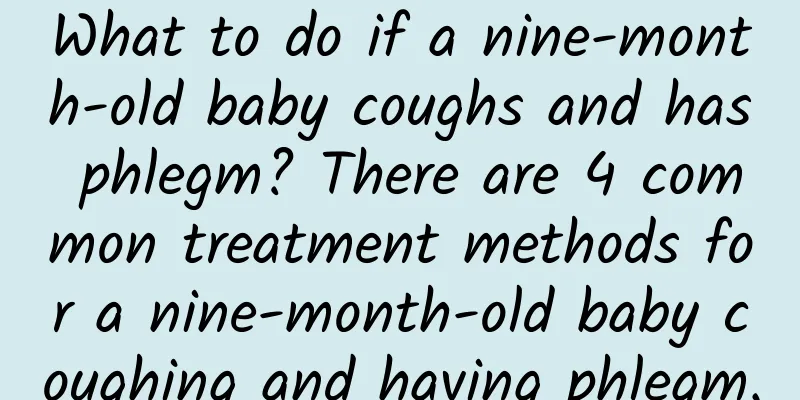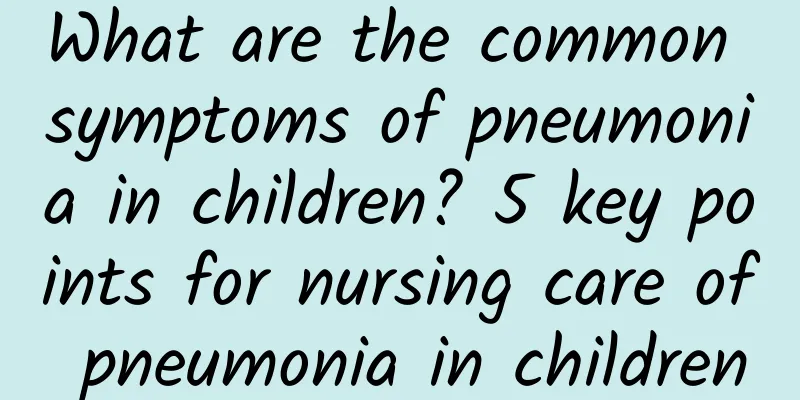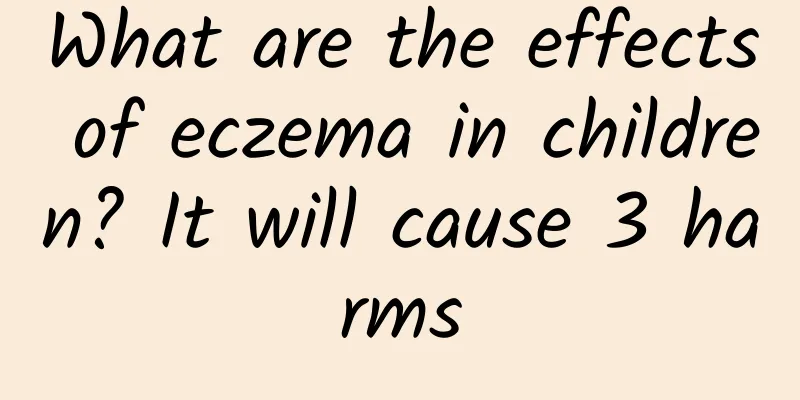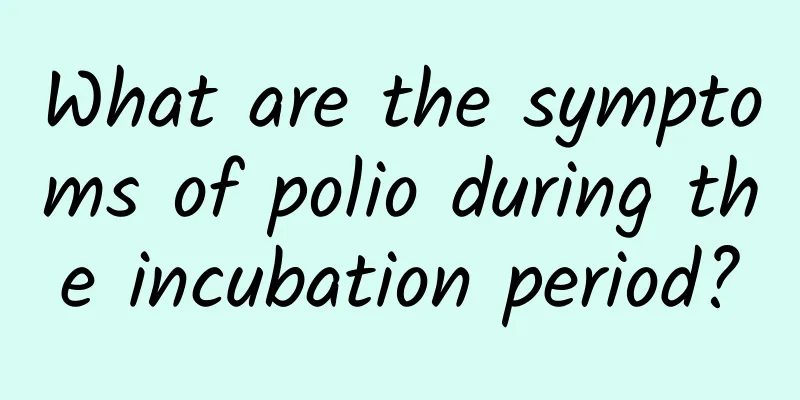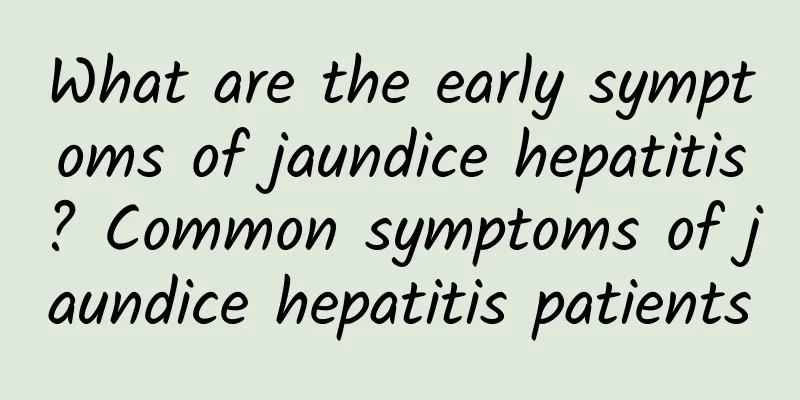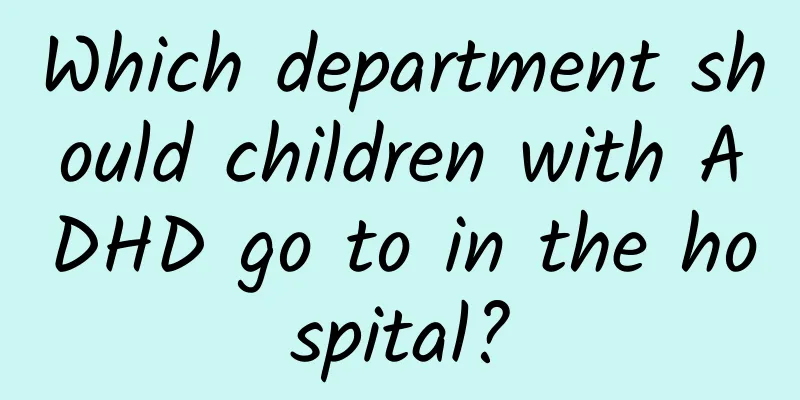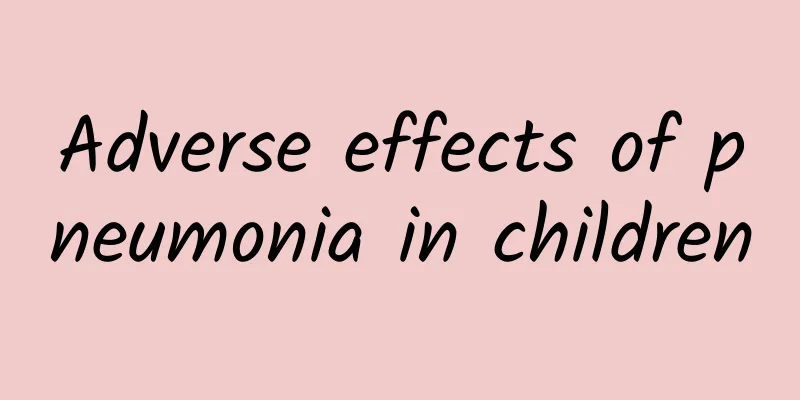How to treat hand, foot and mouth disease in one and a half year old children
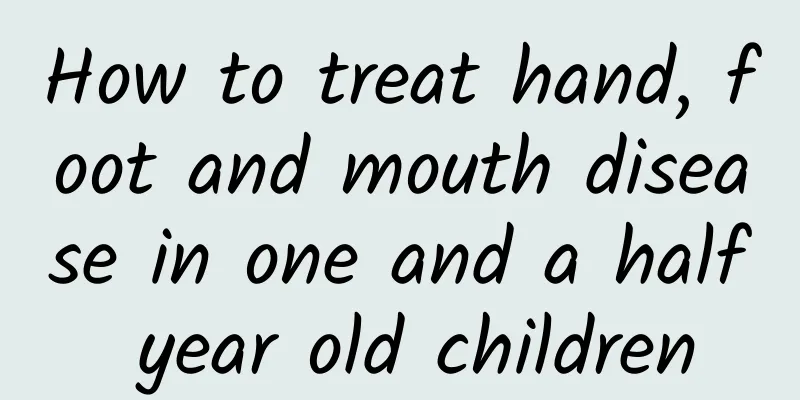
|
Hand, foot and mouth disease in children aged one and a half is usually caused by coxsackievirus or enterovirus infection. The main treatment methods include symptomatic treatment, attention to dietary care and strengthening of hygiene management. In severe cases, timely medical treatment is required. Treatment is mainly to relieve symptoms. There is currently no specific antiviral drug. 1. Symptomatic treatment Hand, foot and mouth disease usually presents with symptoms such as fever, oral ulcers and rashes on the hands and feet. Targeted treatment should be taken according to the specific symptoms. For example, if you have a fever, you can use acetaminophen or ibuprofen to reduce the fever under the guidance of a doctor; if the pain of oral ulcers is obvious, you can try to apply a pain-relieving gel containing lidocaine locally; if the itching is severe, you can use antihistamines under the doctor's advice. Closely observe the changes in the child's condition. If there is a persistent high fever, mental depression, tremors in the limbs, etc., you need to seek medical attention immediately. 2Diet care Oral ulcers and sore throats may lead to decreased appetite. Light and easily digestible foods should be chosen to avoid irritation and accelerate recovery. Children can be provided with liquid or semi-liquid foods at appropriate temperatures, such as rice paste, egg custard, fruit puree, etc. At the same time, sufficient water intake is ensured every day, and hot or cold foods are avoided to aggravate throat discomfort. Spicy, greasy and rough foods should be avoided to reduce irritation to oral ulcers. 3. Hygiene and rest management Hand, foot and mouth disease is highly contagious. Children need to rest in isolation and avoid contact with other children. Wash hands frequently, especially before meals and after defecation; clean and disinfect daily necessities such as toys and baby bottles; and keep the room ventilated. Parents need to wash their hands immediately after handling the secretions of sick children to reduce the risk of virus transmission. Allowing children to get enough rest and enhancing their immunity will help control the disease. Hand, foot and mouth disease is a mild disease in most cases, but if accompanied by persistent fever, difficulty breathing, muscle weakness and other symptoms, it may indicate serious complications and you should seek medical attention as soon as possible. Following the above methods for treatment and care can greatly help children relieve discomfort, while actively preventing the spread of the virus and protecting children's health. |
<<: What are the symptoms of congenital megacolon in newborns?
>>: How hand, foot and mouth disease is spread and prevented
Recommend
How to treat patent ductus arteriosus
What methods are used to treat patent ductus arte...
What causes kidney yin deficiency? What are the symptoms of kidney yin deficiency?
Kidney Yin deficiency is a term in traditional Ch...
What are the effects and functions of dandelions? What should we pay attention to when eating dandelions?
Dandelion is a common plant. It is not only a del...
What tests should be done to confirm pathological jaundice?
Jaundice in newborns is the most common phenomeno...
What are the key points in diagnosing Kawasaki disease?
Many diseases appear around us. If we do not pay ...
What foods should polio patients eat?
Diseases in life can be adjusted through diet. A ...
What are the symptoms of neonatal jaundice? Is yellowing of the whites of the baby’s eyes jaundice?
Neonatal jaundice is a very common disease. Child...
What is the best medicine for baby eczema? What should be paid attention to when taking medicine for baby eczema?
The baby's skin is very delicate, so it is ea...
What kind of disease is Kawasaki disease? What are the clinical symptoms and manifestations of Kawasaki disease?
Kawasaki disease, also known as mucocutaneous lym...
How to regulate diet for acute laryngitis in children
How to properly regulate the diet for children wi...
What are the causes of diarrhea in children?
The causes of pediatric diarrhea may include infe...
How to treat children's teeth grinding How to treat children's teeth grinding
Because there are many reasons for children's...
What is the most serious hazard of Kawasaki disease?
Many parents lack a correct understanding of thei...
What causes acute laryngitis in children?
What causes acute laryngitis in children? Any dis...
What should be paid attention to in the diet of pseudo-jaundice? What should be paid attention to in the diet of pseudo-jaundice?
Jaundice is a common disease that can occur in ch...

